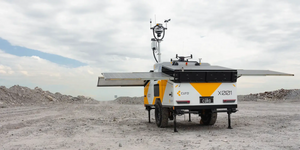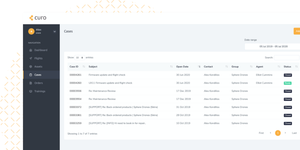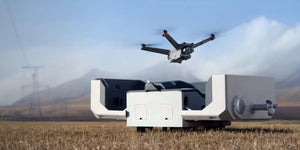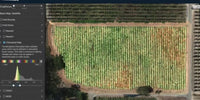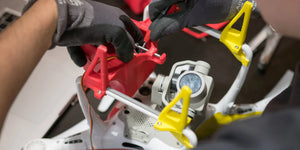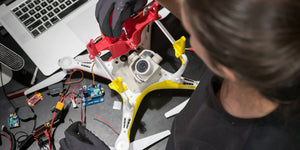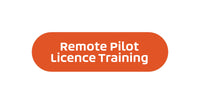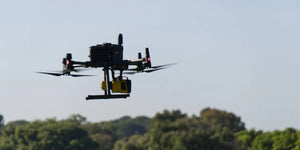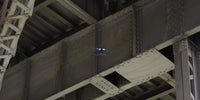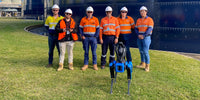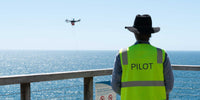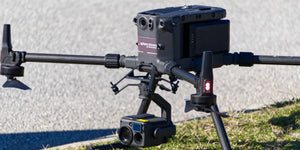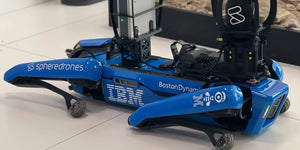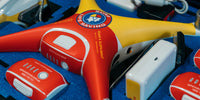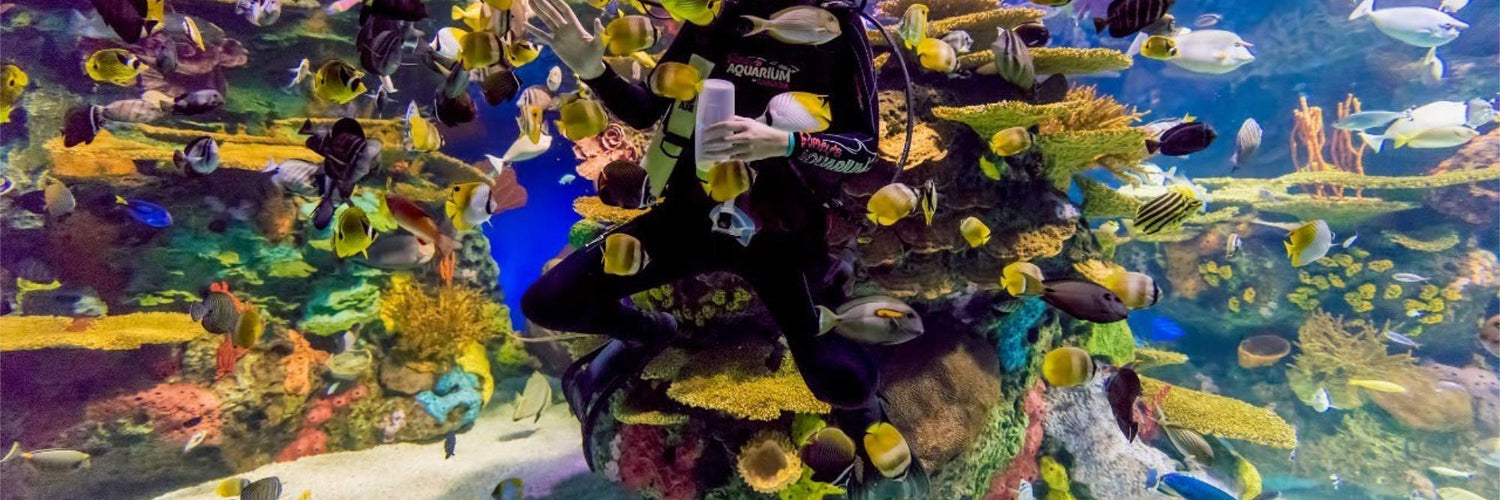Understanding the condition of our marine environment is critical for building a global picture of the Earth’s ecosystem. Scientists regularly take samples from the seabed for analysis and collect marine organisms for biological study using subsea ROVs.
In some cases, sampling and organism collection requires precise positioning of a sampling device as well as the ability to retrieve a sample without stirring up sediment from the seafloor. Additionally, measuring devices (rulers and callipers) are often used to properly characterise an object of interest. In these cases, a dexterous manipulator allows for the ROV to sit on the seafloor and for confined areas to be reached (such as amongst a coral reef)
Benefits of using subsea ROVs
-
Subsea ROVs can deploy long term static sensor pods fitted with a range of data capture technology from water quality, salinity, Ph sensors to a standard RGB camera.
- Humans are removed from potentially dangerous environments, improving workplace health and safety.
- Data captured by a subsea ROV can be stored and looked upon when required, removing the need for confirmation and follow up dives.
- Efficiency is increased thanks to subsea ROVs being able to stay at depths for hours at a time.
Image: Ripley's Aquarium of Canada
